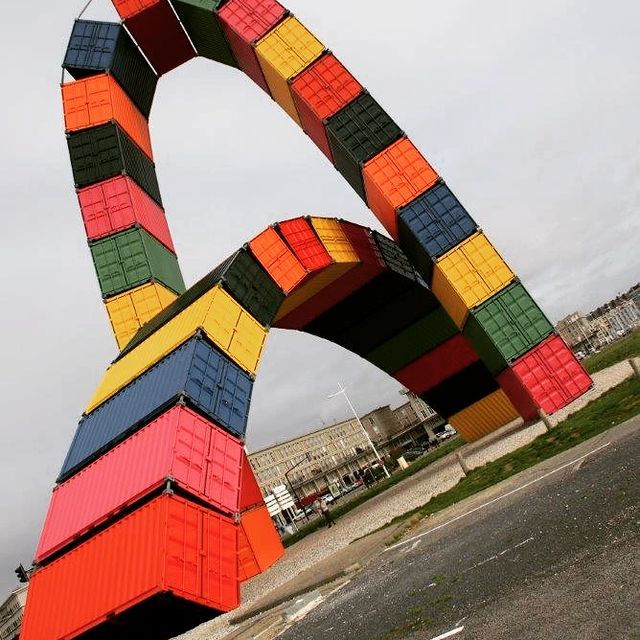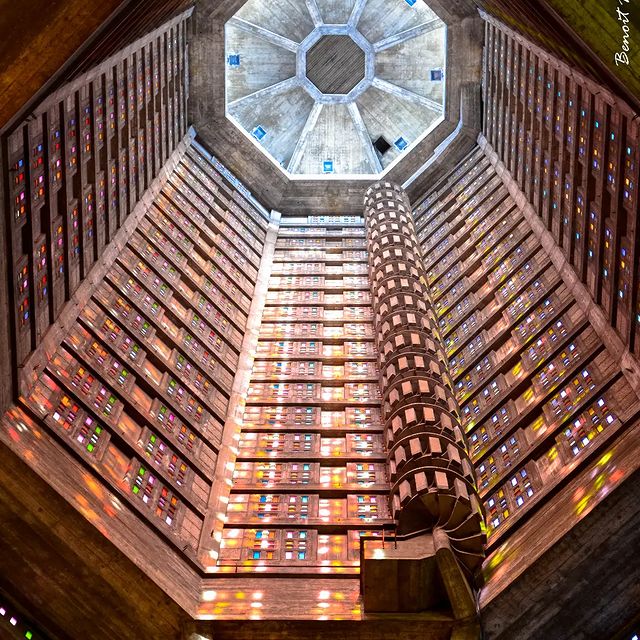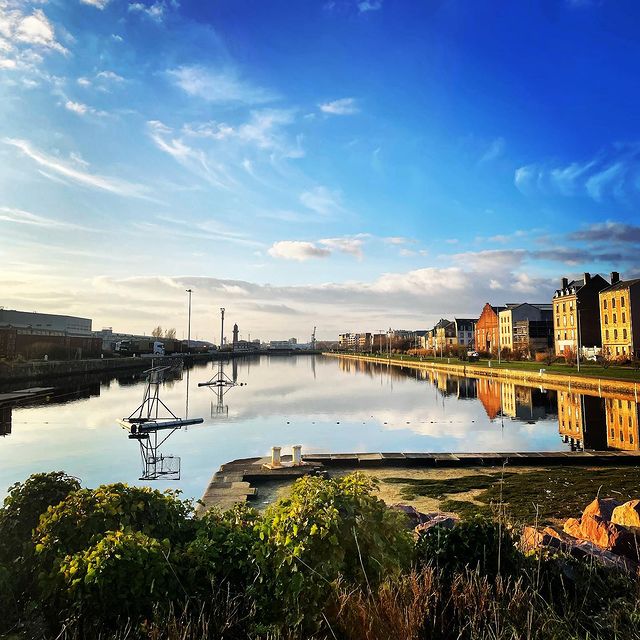The Havre is a port city located in the northwest of France, on the coast of the English Channel. It is a historic and cultural city with many sites to discover. Here is an overview of some of the most important sites to visit during a guided tour of the city:
- The Place des Halles Centrales: This is the heart of the city, and is surrounded by many modernist buildings, including the Town Hall and Opera House.
- The André Malraux Modern Art Museum: Considered one of the most important modern art museums in France, it houses a collection of works by French and foreign artists.
- Place des Halles: This square is a symbol of the city’s reconstruction after World War II bombings. It is surrounded by modern buildings, such as the Central Market and the Saint-Joseph Church.
- The Sainte-Adresse beach: Located a few kilometers from the city center, it is a great place to relax, take a walk, and admire views of the sea.
- The Lighthouse: Located on the heights of the city, it is a witness to the city’s maritime history. It offers a panoramic view of the city and the sea.
- The Shipowner’s House: A 18th-century historical building that now houses the City History Museum.
- The Maritime Station: A iconic building of the city, built in 1847, it is still used for crossings to England and the Anglo-Norman islands.
- The port : It is an unmissable place, one of the most important ports in France for commercial exchanges. You can take a boat ride to discover ships and port activities.
Like any city, the Havre has many other sites and activities to discover, but this guided tour gives you an overview of the main points of interest in the city. It’s a city that has managed to preserve its modernist architecture and maritime heritage.



The architecture of Le Havre
Le Havre is a city known for its unique architecture, which is heavily influenced by the modernist movement of the early 20th century. The city was heavily damaged during World War II, and was subsequently rebuilt in the years following the war. The rebuilding effort was led by the famous French architect Auguste Perret, who was known for his use of concrete as a building material.
One of the most notable examples of modernist architecture in Le Havre is the Church of Saint-Joseph, which was designed by Auguste Perret and built between 1908 and 1911. The church features a large central nave with ribbed vaults and a series of chapels on either side, all built entirely of concrete.
Another notable example of modernist architecture in Le Havre is the Maison de l’Armateur, designed by Perret and built in the early 20th century. The building features a sleek, minimalist design with clean lines and large windows, and is considered an important example of the International Style of architecture.
The city center, Place des Halles, is surrounded by several other buildings built in modernist style, such as the town hall, the opera house, the central market, the Saint-Joseph Church, and the « Habitat Le Havrais » social housing, those buildings are all examples of the modernist architecture of the city.
Le Havre is also known for its large collection of social housing developments, which were built to provide affordable housing for the city’s residents. These buildings are characterized by their functional, minimalist designs, and are an important aspect of the city’s architectural heritage.
Overall, the architecture of Le Havre is a unique blend of modernist and functionalist styles, reflecting the city’s history and rebuilding efforts. It is considered as a unique example of modernist architecture in Europe, and is a popular destination for architecture enthusiasts.
The Church of Saint-Joseph
The Church of Saint-Joseph is a Catholic church located in Le Havre, a port city in the northwest of France. It is situated in the city center, on the Place des Halles. The church is considered an important example of modernist architecture, and was designed by the famous French architect Auguste Perret, who was known for his use of concrete as a building material.
The church was built in the early 20th century, between 1908 and 1911, as part of the rebuilding effort after the city was heavily damaged by bombing during World War II. The church is built entirely of concrete and features a large central nave with ribbed vaults and a series of chapels on either side. The church has large stained glass windows that provide natural light and create a bright, airy atmosphere inside the building.
The Church of Saint-Joseph is open to the public for visits. The exterior, with its large dome and modernist architecture, is a striking sight, and the interior is also worth a visit, with its spacious nave and chapels. The church is also a cultural center, with regular exhibitions and concerts.
The Church of Saint-Joseph is an important architectural landmark in Le Havre, it’s a perfect example of the modernist architecture that is a signature of the city after the reconstruction of the war and is a must-see for visitors who are interested in architecture and history.
